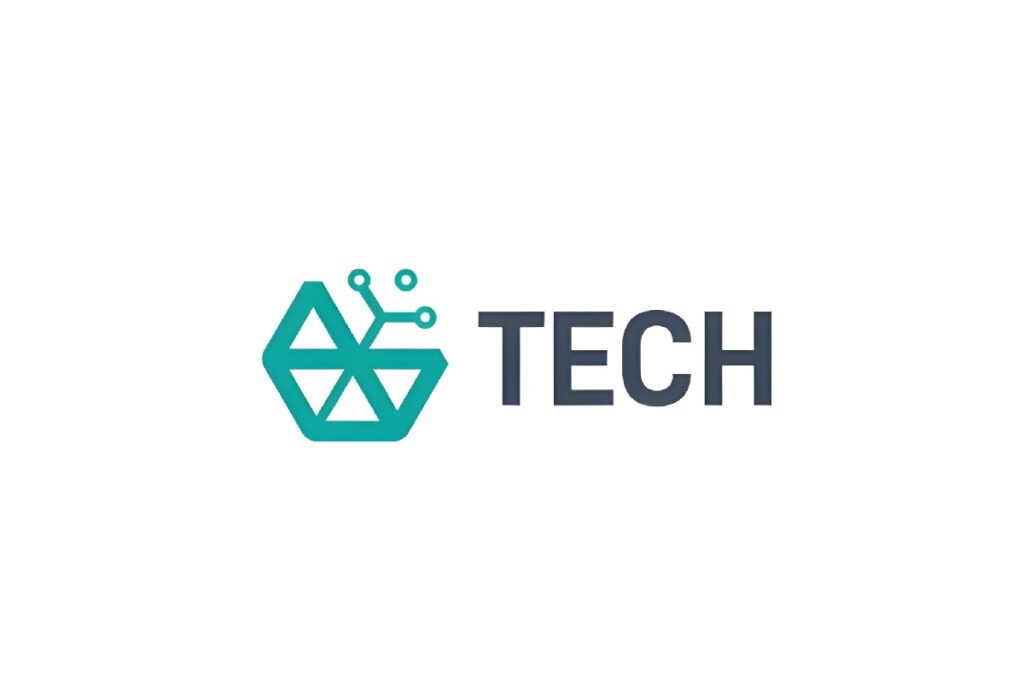What Actually Is Alteryx?
Let me paint a picture. You know that feeling when you’re drowning in data from five different sources, and your boss wants a report by end of day? The Alteryx tool is basically your lifeline in that scenario.
Here’s what it does:
- Connects to virtually any data source (databases, cloud apps, spreadsheets, you name it)
- Cleans up messy data without making you write a single line of code
- Blends multiple datasets together like a data smoothie
- Automates repetitive workflows so you’re not stuck doing the same thing every week
- Spits out reports and visualizations that actually make sense
Think of it as a visual programming platform for data analytics. Instead of writing SQL queries or Python scripts (though you can if you want), you drag and drop tools onto a canvas to build your workflow. It’s like playing with LEGO blocks, except the result is clean data instead of a spaceship.
Who Actually Uses This Thing?
I’ve seen data analysts, business intelligence folks, and even marketing teams use Alteryx. The common thread? They all deal with repetitive data tasks that eat up their day.
One marketing analyst I know was spending 6 hours every Monday morning combining sales data from Salesforce, Google Analytics, and their email platform. With Alteryx, she built a workflow that does it automatically. Now she spends those 6 hours actually analyzing trends instead of copy-pasting between Excel tabs.
The platform works across industries too—finance, healthcare, retail, manufacturing. Anywhere there’s data chaos, Alteryx tends to show up.
Breaking Down the Core Features
Data Preparation That Doesn’t Make You Want to Scream
Data prep is usually where dreams go to die. You’ve got missing values, inconsistent formatting, duplicate records, and fields that make zero sense. The Alteryx tool has a whole suite of features to tackle this:
- Input tools that connect to 80+ data sources
- Cleansing tools that fix common issues (extra spaces, null values, standardizing formats)
- Parsing tools for splitting text fields or extracting specific patterns
- Formula tools for custom calculations without needing to be a spreadsheet wizard
What I love is that you can see your data transform in real-time. You’re not writing code blind and hoping it works—you see the results at each step.
Blending Data Without Losing Your Mind
Ever tried to combine data from three different systems that all use different customer IDs? Yeah, it’s a nightmare. Alteryx’s join tools and union tools make this way less painful.
You can do:
- Inner joins, left joins, right joins—all the SQL classics
- Fuzzy matching for when your data isn’t perfectly clean (because let’s be real, when is it ever?)
- Spatial matching if you’re working with location data
- Union tools that stack datasets even when the columns don’t match exactly
I once had to merge customer data from a legacy CRM with a new system. The customer names were formatted differently, addresses were a mess, and nothing matched cleanly. Alteryx’s fuzzy match saved me days of manual work.
Analytics That Go Beyond Basic Reporting
This is where Alteryx gets interesting. It’s not just about cleaning and combining data—it’s got some serious predictive analytics and spatial analytics capabilities built in.
Predictive tools include:
- Regression analysis for forecasting trends
- Classification models for categorizing data
- Clustering to find patterns in your data
- Time series analysis for seasonal trends
You don’t need to be a data scientist to use these. The interface walks you through building models step-by-step. Though fair warning—you still need to understand what these models do. Alteryx makes them accessible, but it won’t teach you statistics.
The spatial analytics piece is underrated. If your work involves geography—store locations, delivery routes, demographic analysis—Alteryx can handle it. You can create trade areas, calculate distances, and do spatial matching without switching to a separate GIS tool.
Automation That Actually Saves Time
Here’s the real magic: once you build a workflow, you can schedule it to run automatically. No more “I forgot to pull the weekly report” panic on Monday mornings.
You can:
- Schedule workflows to run daily, weekly, or whenever
- Chain workflows together so one triggers the next
- Send results automatically via email or to specific folders
- Set up alerts if something goes wrong
I set up a workflow that pulls inventory data every morning, checks for items below reorder point, and emails the procurement team. It runs at 6 AM, and I don’t think about it unless something breaks.
The Learning Curve (Let’s Keep It Real)
I’m not going to lie and say the Alteryx tool is something you’ll master in an afternoon. There’s definitely a learning curve, especially if you’re not used to thinking in terms of data workflows.
The first week felt like:
- Staring at a canvas wondering where to start
- Dragging tools around and not understanding why my workflow broke
- Googling “alteryx how to…” about 47 times a day
But here’s what helped:
- Alteryx has a ton of free training through their Alteryx Academy
- Their community forums are actually helpful (people really do answer questions)
- YouTube has endless tutorials for specific use cases
- The tool has sample workflows built in that you can reverse-engineer
After a month of regular use, I was building workflows from scratch. After three months, I was the person others came to with questions. It’s not rocket science—it just takes practice.
When Alteryx Makes Sense (And When It Doesn’t)
Let’s talk about whether you actually need this thing.
Alteryx is worth it if:
- You’re doing the same data tasks repeatedly every week or month
- You work with multiple data sources that need combining
- You spend hours in Excel doing VLOOKUPs and pivot tables
- Your reports are complex but follow a consistent structure
- Your team needs to collaborate on data workflows
- You’re dealing with large datasets that make Excel crash
Maybe skip it if:
- You only work with data occasionally
- Your data tasks are super simple (like basic filtering and sorting)
- You have a tiny budget and no one to share the cost
- You need real-time streaming analytics (Alteryx is batch-focused)
- Your entire workflow is already automated with custom scripts that work fine
The pricing is… not cheap. We’re talking thousands of dollars per user per year. For individuals or small teams, that’s a tough sell. But if you’re at a company where multiple people are drowning in data work, the ROI calculation changes fast.
Alteryx vs. The Competition
People always ask how Alteryx stacks up against other tools. Here’s my take:
Alteryx vs. Python/R: Python and R are free and more flexible, but they require coding skills. If you have a team of analysts who aren’t programmers, Alteryx is way more accessible. Plus, you can actually embed Python and R scripts in Alteryx workflows if you need that power.
Alteryx vs. Power BI/Tableau: These are primarily visualization tools. Alteryx is about data prep and analytics. Many teams use Alteryx with Power BI or Tableau—Alteryx does the heavy lifting on data prep, then pushes clean data to the viz tools.
Alteryx vs. SQL: SQL is essential for working with databases, and Alteryx can’t replace it entirely. But Alteryx can write SQL for you, and it’s better for complex multi-step workflows that would require multiple SQL scripts.
Alteryx vs. Excel: Excel is great for ad-hoc analysis and small datasets. Alteryx is better for large datasets, complex transformations, and anything you need to repeat regularly. Think of Alteryx as Excel on steroids with automation superpowers.
Real-World Use Cases I’ve Seen Work
Customer segmentation: A retail team used Alteryx to analyze purchase history, demographics, and browsing behavior. They created customer segments and personalized their marketing campaigns. Result? 23% increase in email open rates.
Financial reporting: An accounting team automated their month-end close process. What used to take 3 days now takes 4 hours, and they catch errors they used to miss.
Supply chain optimization: A logistics company used spatial analytics to optimize delivery routes. They cut fuel costs by 15% and improved delivery times.
Fraud detection: A financial services team built a model that flags suspicious transactions. It reduced manual review time by 60% while catching more actual fraud.
These aren’t hypotheticals—these are real examples from people I’ve talked to who use the platform daily.
The Alteryx Ecosystem
One thing that makes the Alteryx tool powerful is the ecosystem around it. There’s Alteryx Server for sharing workflows across teams and scheduling at enterprise scale. There’s Alteryx Connect for data cataloging. And the Alteryx Community is genuinely one of the most active tool communities I’ve seen.
The Gallery (Alteryx’s workflow sharing platform) has thousands of pre-built workflows you can download and customize. Need to geocode addresses? There’s a workflow for that. Need to scrape data from a website? Someone’s already built it.
Getting Started Without Overwhelming Yourself
If you’re thinking about trying the Alteryx tool, here’s my advice:
Start with one painful process. Don’t try to automate everything at once. Pick that one report that makes you want to throw your laptop out the window. Build a workflow for just that.
Use the Designer trial. Alteryx offers a free trial of Designer. Use it to see if the platform clicks for you before committing budget.
Take the free courses. Seriously, the Alteryx Academy has quality training for free. Start with “Getting Started Learning Path.”
Join the community. The forums are where you’ll learn the tricks that aren’t in the official docs.
Don’t overthink it. Your first workflows will be messy. That’s fine. You can optimize later.
The Bottom Line on Alteryx
Look, the Alteryx tool isn’t going to solve every data problem you have. It won’t turn you into a data scientist overnight. And it definitely won’t make bad data magically good.
But if you’re spending hours every week doing repetitive data tasks, fighting with Excel, or manually combining data sources, Alteryx can give you your time back. It’s like having a really capable assistant who never gets tired of doing the same thing over and over.
Is it worth the price tag? That depends on how you value your time and what you’re trying to accomplish. For me and my team, it’s been a game-changer. For someone doing occasional light data work, it might be overkill.
The best way to know? Try it. Build one workflow that automates something you hate doing manually. If that clicks, you’ll find a dozen other uses for it. If it doesn’t, at least you’ll know what the Alteryx tool can (and can’t) do without committing long-term.
Also Read: https://justtechhub.com/freewayget-com/





